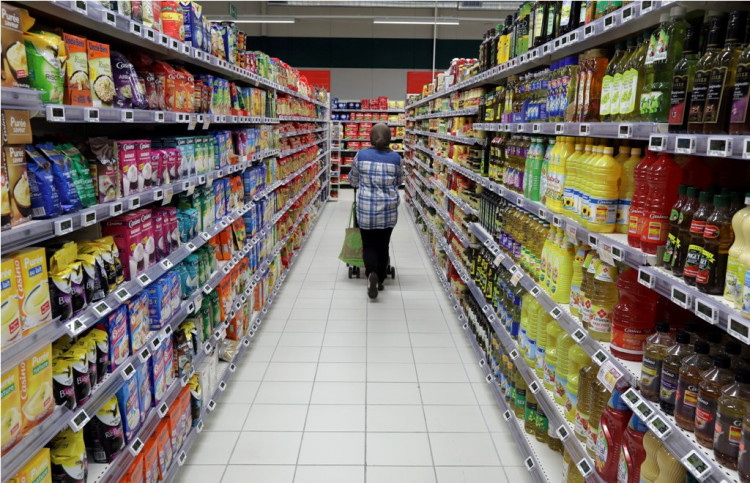US consumer prices rose at a faster-than-expected pace in March, pushing the annual inflation rate to 3.5% and likely dashing hopes that the Federal Reserve will be able to cut interest rates in the near future. The Consumer Price Index (CPI) increased by 0.4% for the month, surpassing economists' expectations of a 0.3% gain, according to data released by the Labor Department's Bureau of Labor Statistics on Wednesday.
The acceleration in inflation, which stood at 3.2% in February, marks the highest annual gain in the past six months and highlights the bumpy path toward achieving the Fed's 2% target. Core CPI, which excludes volatile food and energy components, also rose by 0.4% on a monthly basis and 3.8% year-over-year, defying expectations of a slight deceleration to 3.7%.
Shelter and energy costs were the primary drivers of the increase in the all-items index. Energy prices rose 1.1% after a 2.3% increase in February, while shelter costs, which account for about one-third of the CPI weighting, climbed 0.4% on the month and 5.7% from a year ago. The Fed's expectation that shelter-related costs would decelerate throughout the year has been central to its thesis that inflation will cool sufficiently to allow for interest rate cuts.
Food prices, however, saw a more modest increase of 0.1% on the month and 2.2% year-over-year. Within the food category, there were some notable gains, such as a 4.6% jump in egg prices and a 0.3% increase in food away from home. Used vehicle prices, on the other hand, declined by 1.1%, while medical care services prices rose 0.6%.
The unexpectedly strong inflation data has sent shockwaves through financial markets, with US stock futures tanking and Treasury yields spiking higher. The Dow futures fell 400 points, while futures on the S&P and Nasdaq slipped by 1.25% and 1.3%, respectively. The 10-year Treasury yield topped 4.5% following the release of the CPI report.
"There's not much you can point to that this is going to result in a shift away from the hawkish bent" from Fed officials, said Liz Ann Sonders, chief investment strategist at Charles Schwab. "June to me is definitely off the table."
The report comes at a time when Fed officials have been expressing caution about the near-term direction of monetary policy, emphasizing the need for patience in cutting rates until there is sufficient evidence that inflation is on a solid path back to their 2% annual goal. Markets had previously expected the Fed to start cutting interest rates in June, with three reductions anticipated this year. However, following the release of the CPI data, traders have pushed the first cut out to September, according to CME Group calculations.
"This marks the third consecutive strong reading and means that the stalled disinflationary narrative can no longer be called a blip," said Seema Shah, chief global strategist at Principal Asset Management. "In fact, even if inflation were to cool next month to a more comfortable reading, there is likely sufficient caution within the Fed now to mean that a July cut may also be a stretch, by which point the US election will begin to intrude with Fed decision making."
The Fed's expectation that services inflation, excluding energy, would ease throughout the year has also been challenged by the data. The services index increased 0.5% in March and was at a 5.4% annual rate, inconsistent with the central bank's target.






